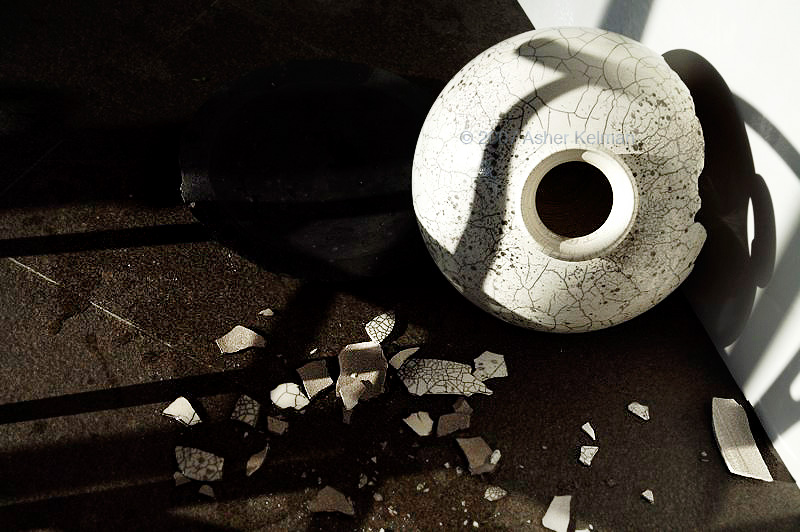Ken Tanaka
pro member
<...>
There is very few "luck" effect here, this is one of the reasons I fight the -imho- false concept of shoot wide and crop later.
One have to choose the right tool (in this case focal length) to emphasis one's vision…
I have, however, encountered situations where luck has landed nicely in my lap. I'm sure you (and many readers) have, too.
Last spring I was out shooting with a Leica M8 and a 28mm, 50mm, and 90mm lens set. While out I got a call from a client asking me, as a favor, if I could possibly shoot something for them that day. There was no time for me to change kits; I would have to use whatever I had. Of course I agreed to give it a go. I knew I would be shooting a sculpture but I really didn't know what to expect.
To shorten the saga, the sculpture turned out to be my friend Jaume Plensa's "SHO", which is an enormous stainless steel mesh head. It was on display outdoors and (as I discovered) was most photogenic in the few moments after complete sunset when its lights first come on.
If I had been given a day or two to prepare myself I would probably have taken my 1DsIII kit and several primes (and probably my low-light-trusty 24-70mm f/2.8 zoom). I certainly would also have taken a tripod. But while this would probably have enabled me to capture usable images I'm not at all confident that I would have captured anything better than this.

Shooting a mesh sculpture in low light with a rangefinder is an activity best suited to induce throbbing eye strain headaches quickly, particularly shooting hand-held! I use a my 50mm f/1.4 Leica Summilux, probably at around f/5.6 to record this image with the M8 set to ISO 640. While it is not obvious from this little 72 dpi thumbnail image, that camera/lens combination created an astonishingly sharp, vivid image which was exactly what was needed for this subject. I'm not certain that a bigger rig, or a more preparation would have produced a better result. IN FACT, the constraints of the setting would have prohibited me from capturing this image with a mounted camera. It could only be grabbed quickly with a handheld camera.
Apparently others liked it too, as it appears on the cover of this month's (October, 2008) Sculpture Magazine.
So the old folk wisdom about luck favoring the prepared is as valid as ever. Get the best lenses you can get (not necessarily the most expensive), study their characteristics closely in all kinds of conditions, and be confident of your most important lenses: your own eyes.




